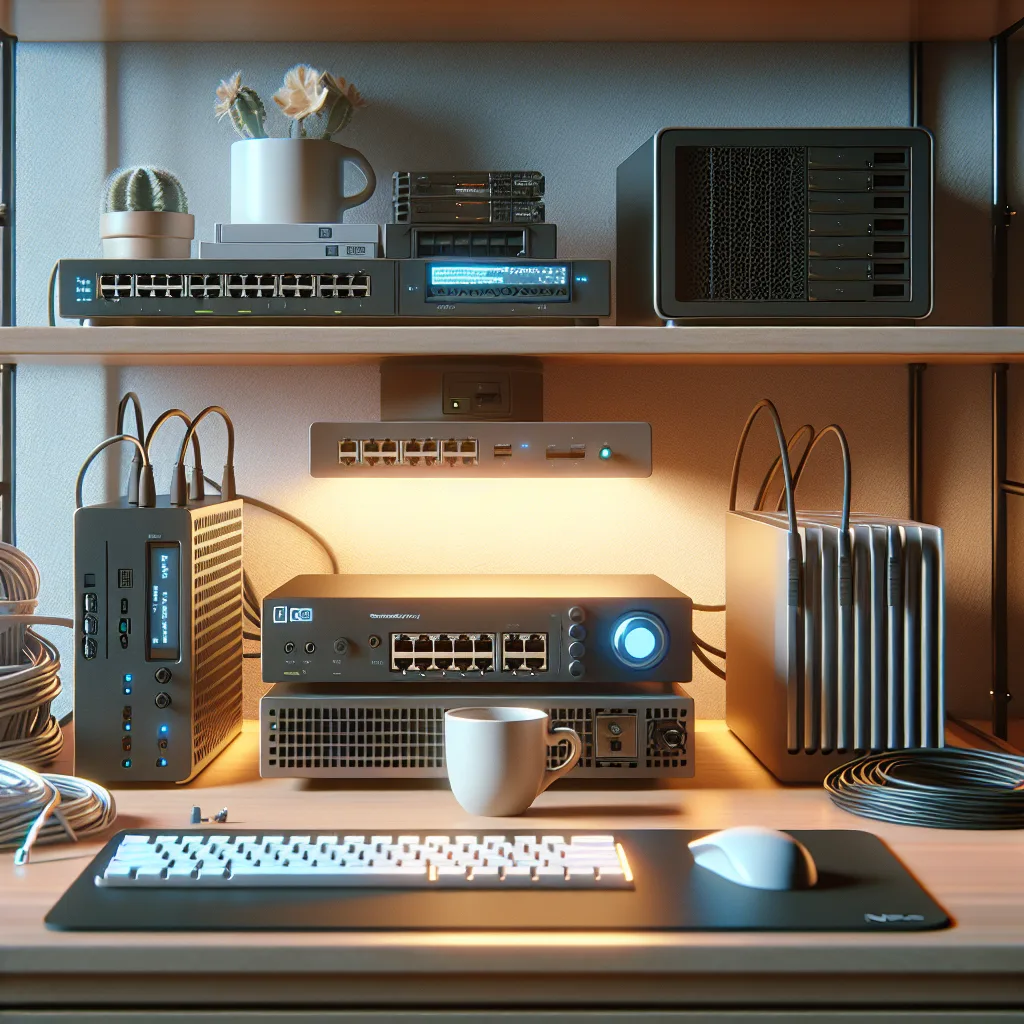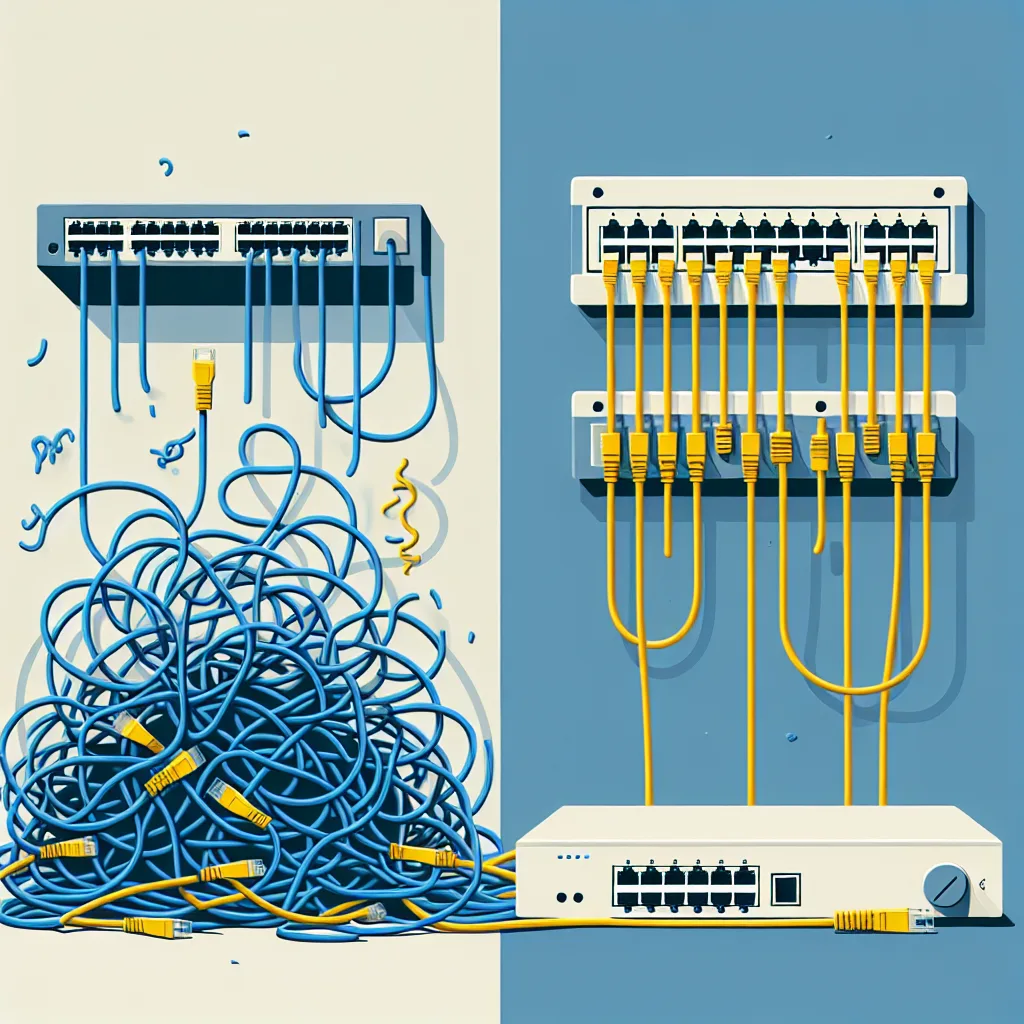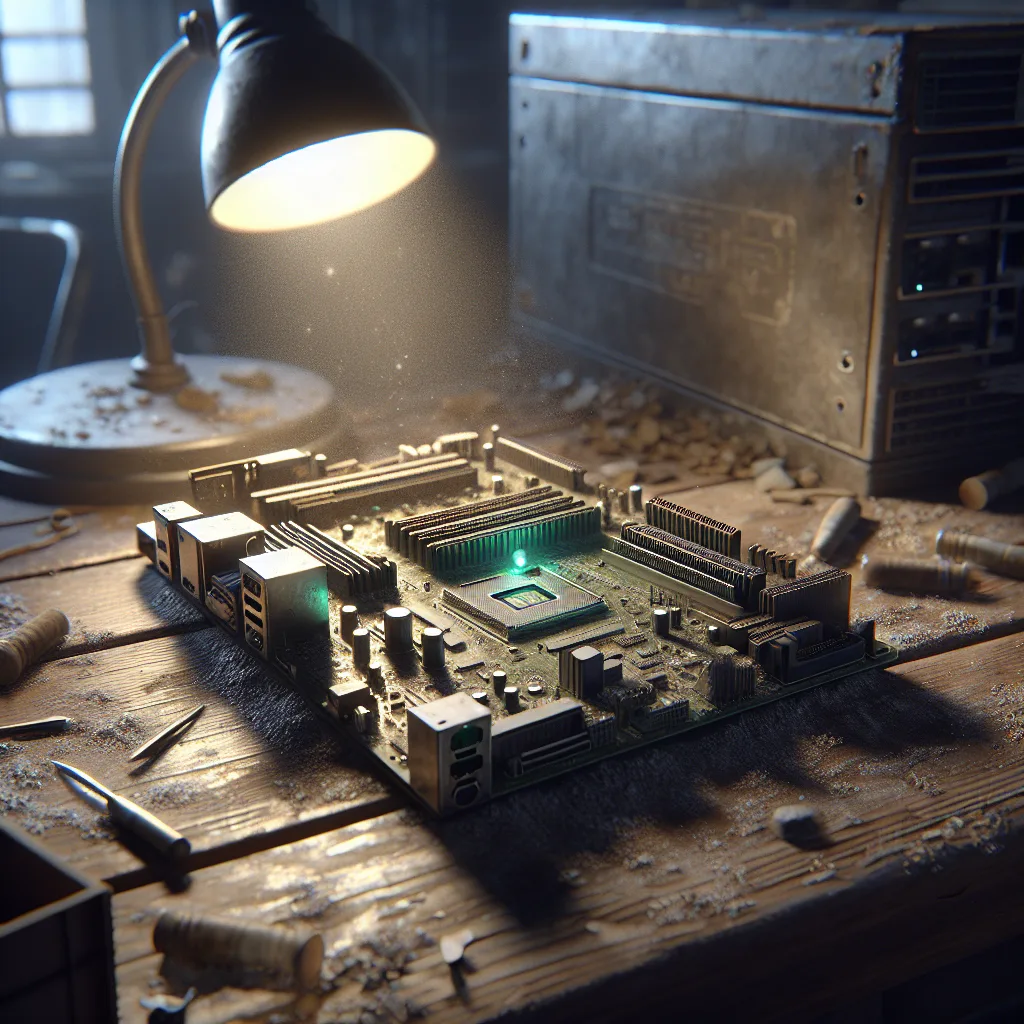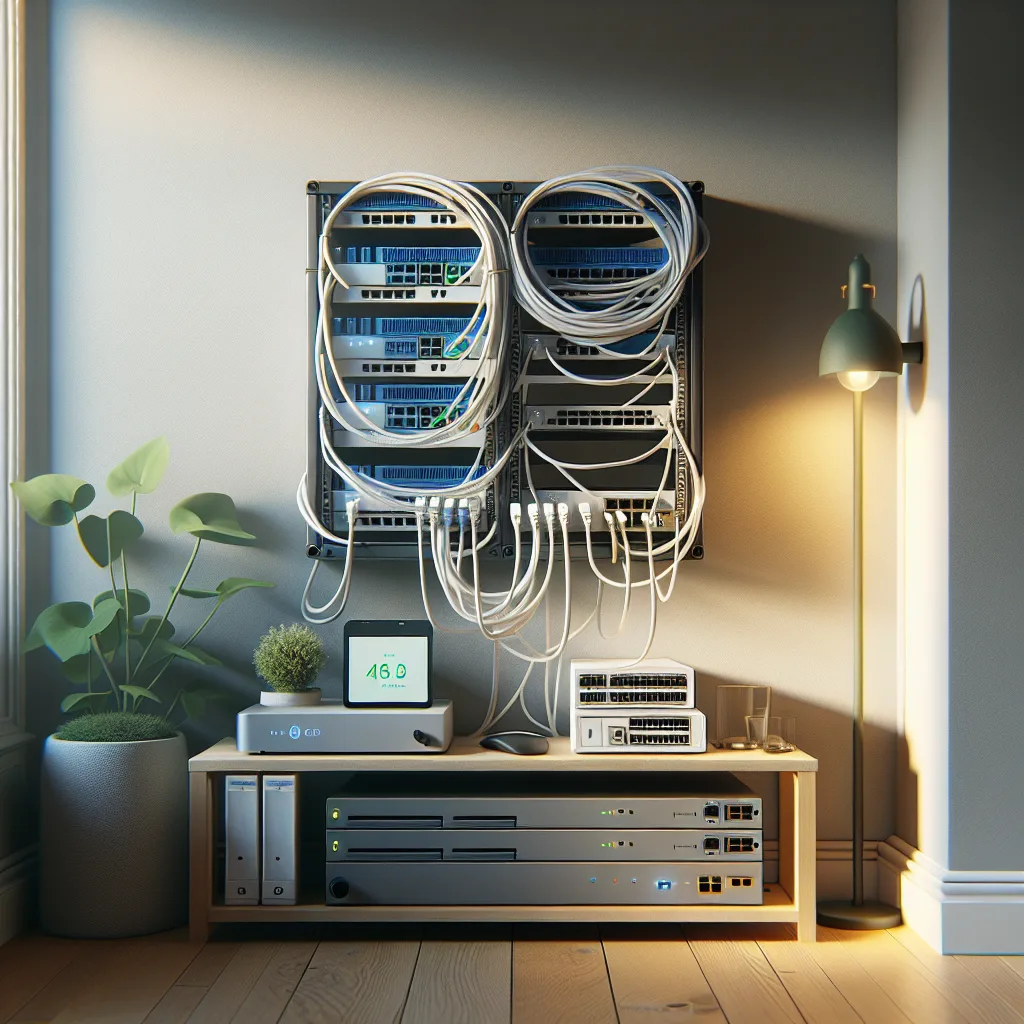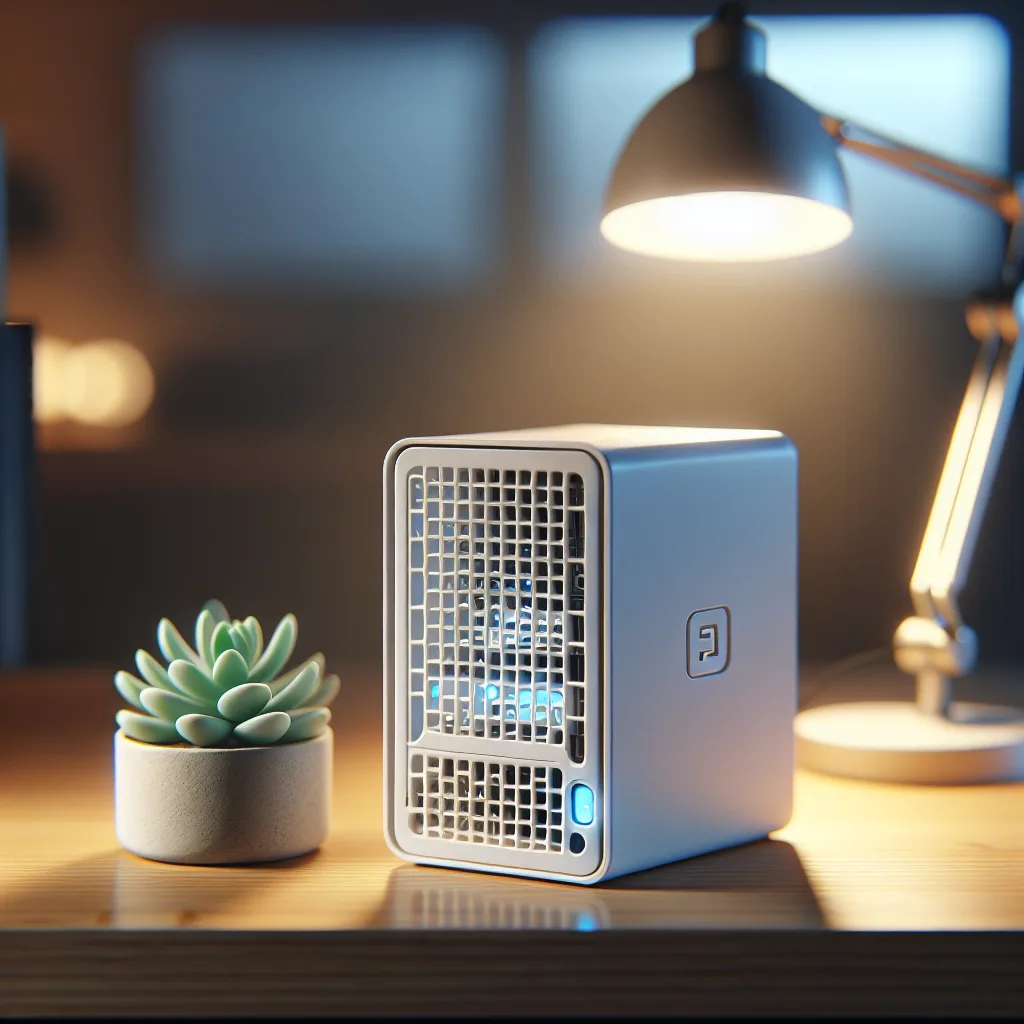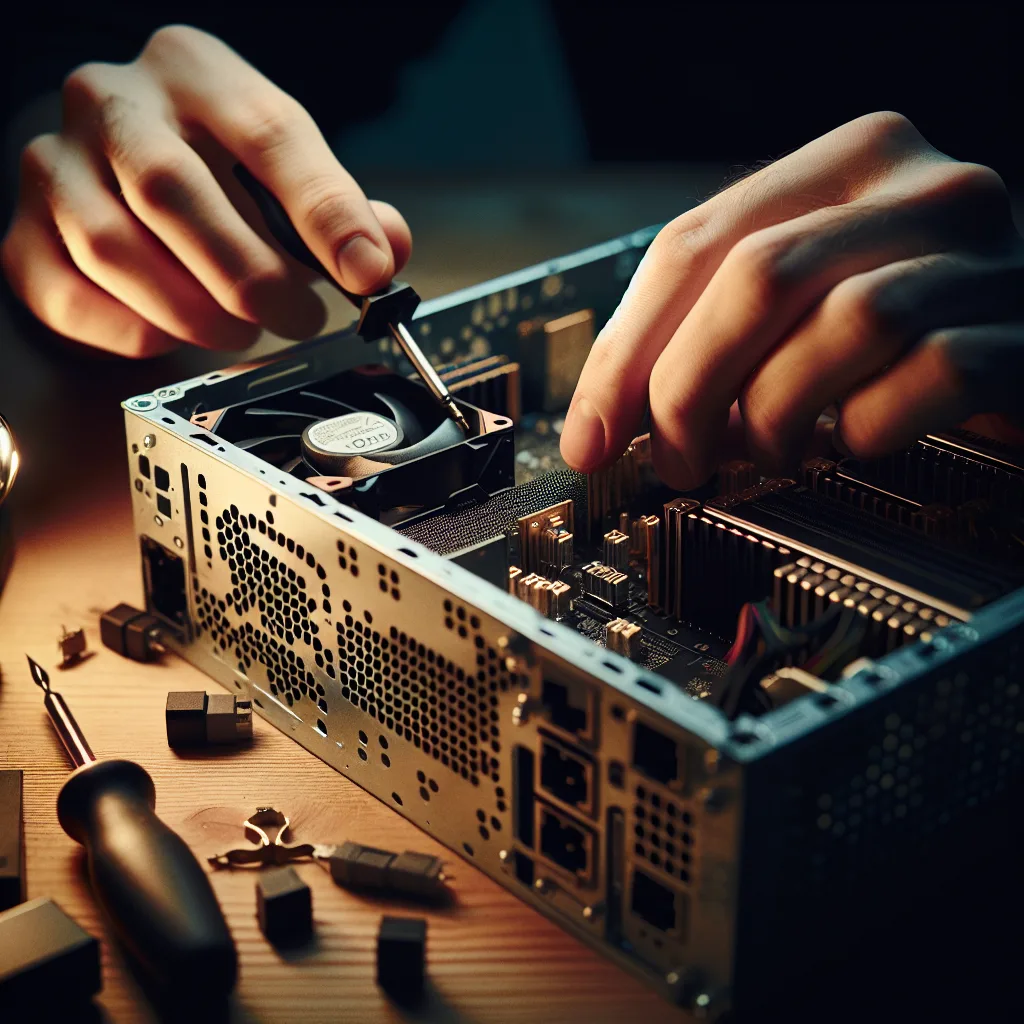Learn how a simple quest to buy a UPS for a homelab accidentally turned into a full-fledged, custom, and cloud-free home automation project. A surprising journey.
My homelab is my pride and joy. It’s a humble setup—a few servers, a couple of NAS devices, my network gear, and my high-end desktop workstation. But a recent lightning strike tripped my breaker, and everything shut down. Instantly.
This was the second time it had happened in three months. The risk of data corruption or, even worse, fried hardware was starting to feel very real. The solution seemed obvious: I needed an Uninterruptible Power Supply (UPS).
So, my journey began. But it ended up in a place I never expected.
The Simple Question That Started It All
The first step was figuring out what size UPS to buy. This is a bigger deal than it sounds. If you buy one that’s too small, it won’t be able to keep everything running when the power cuts out. If you buy one that’s too big, you’re just wasting money on capacity you’ll never use.
I didn’t want to guess. I wanted data.
And that’s where things took a turn. Instead of just buying a simple plug-in power meter, I decided to go a little deeper. I bought a few Tasmota-based smart plugs with power monitoring and hooked them into a brand new Home Assistant setup.
Why? Because buying just one gadget would have been too simple, I guess. I had a new side project.
What the Data Told Me
After letting the power meters run for about a week, I had a crystal-clear picture of my power consumption. I knew exactly what each device was drawing, both at peak load and when idle. This was perfect for sizing the UPS.
But the data also revealed something surprising. My desktop workstation, my main machine, was incredibly power-hungry even when it was just sitting there, doing nothing. It was one of the biggest energy vampires in the whole house when idle.
This new piece of information changed my perspective. The problem wasn’t just about protecting my gear from sudden outages; it was also about managing its power consumption more intelligently.
The mission had officially expanded.
From Monitoring to Automating
With Home Assistant already up and running, I started to connect the dots.
First, I tackled the power-hungry desktop. I found a simple agent called LNXlink that I could install on the PC. It reports back to Home Assistant and allows it to trigger commands. Now, if I forget to shut my computer down at the end of the day, an automation can gracefully do it for me. I can also trigger a shutdown remotely from my phone if needed. Problem solved.
Next, I looked around the room. What else could be smarter? The air conditioner.
I picked up a cheap Tasmota-based IR blaster. After a bit of tinkering, I had it fully integrated with Home Assistant. Now, my AC is part of my smart home, controllable from the same dashboard.
The Automated Morning Routine
This is where it all came together. I created a simple morning routine automation that runs just before my workday is scheduled to begin.
- Home Assistant checks the room temperature and turns on the AC, setting it to a comfortable level.
- A few minutes later, it sends a Wake-on-LAN command to my desktop computer.
By the time I walk into my office with a cup of coffee, the room is cool and my computer is on the login screen, ready to go. It’s a small thing, but it feels incredibly seamless.
I Still Haven’t Bought a UPS
So here I am. I have a cheaper, more reliable, and completely cloud-free smart home system that actively manages my power consumption and makes my daily routine better. It started as a simple research project for a single piece of hardware.
It ended with a full-blown home automation system.
And the best part? I still haven’t actually bought the UPS. Turns out, the journey was a lot more interesting than the destination. Maybe I’ll get to it next week.

